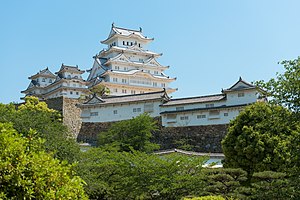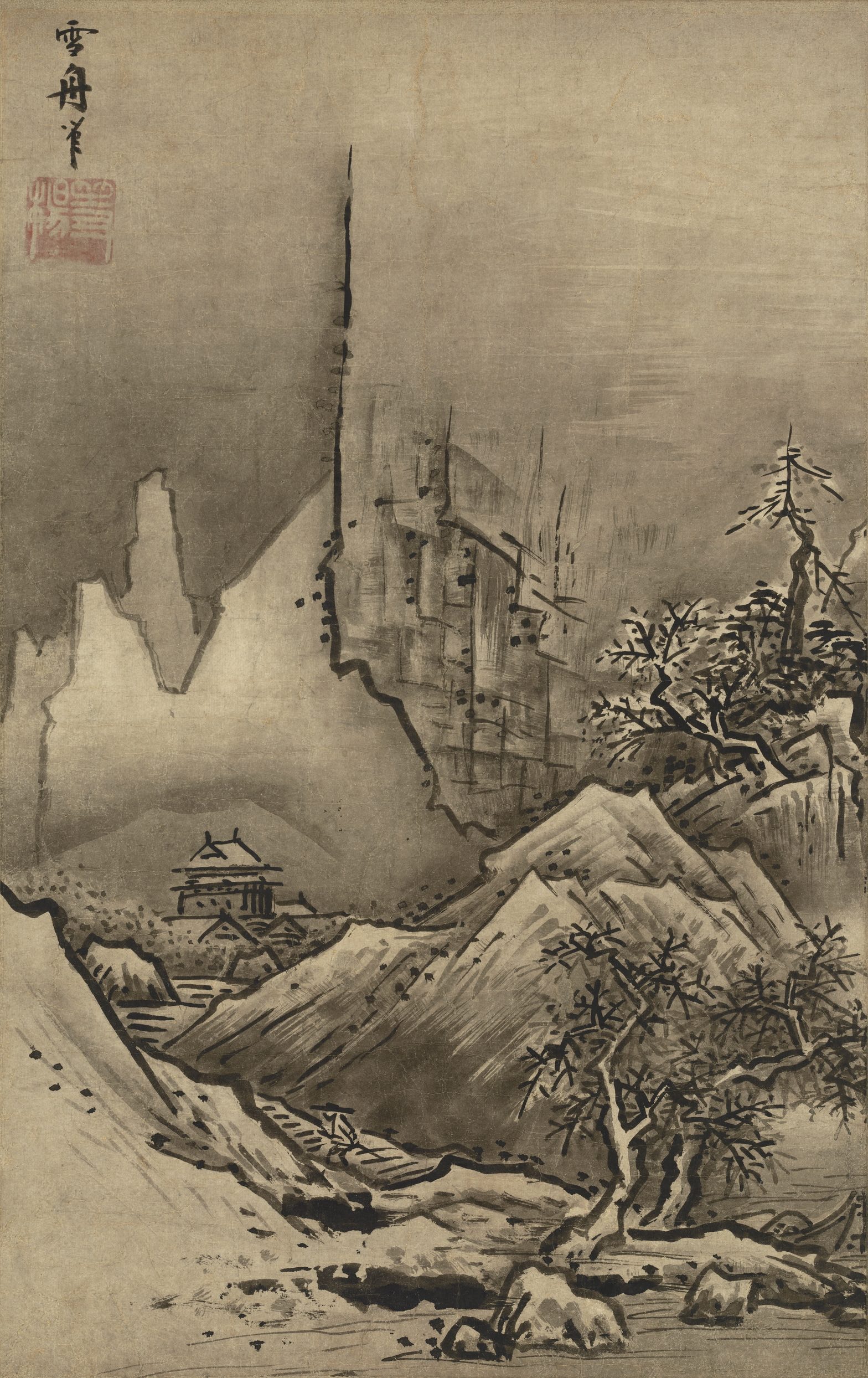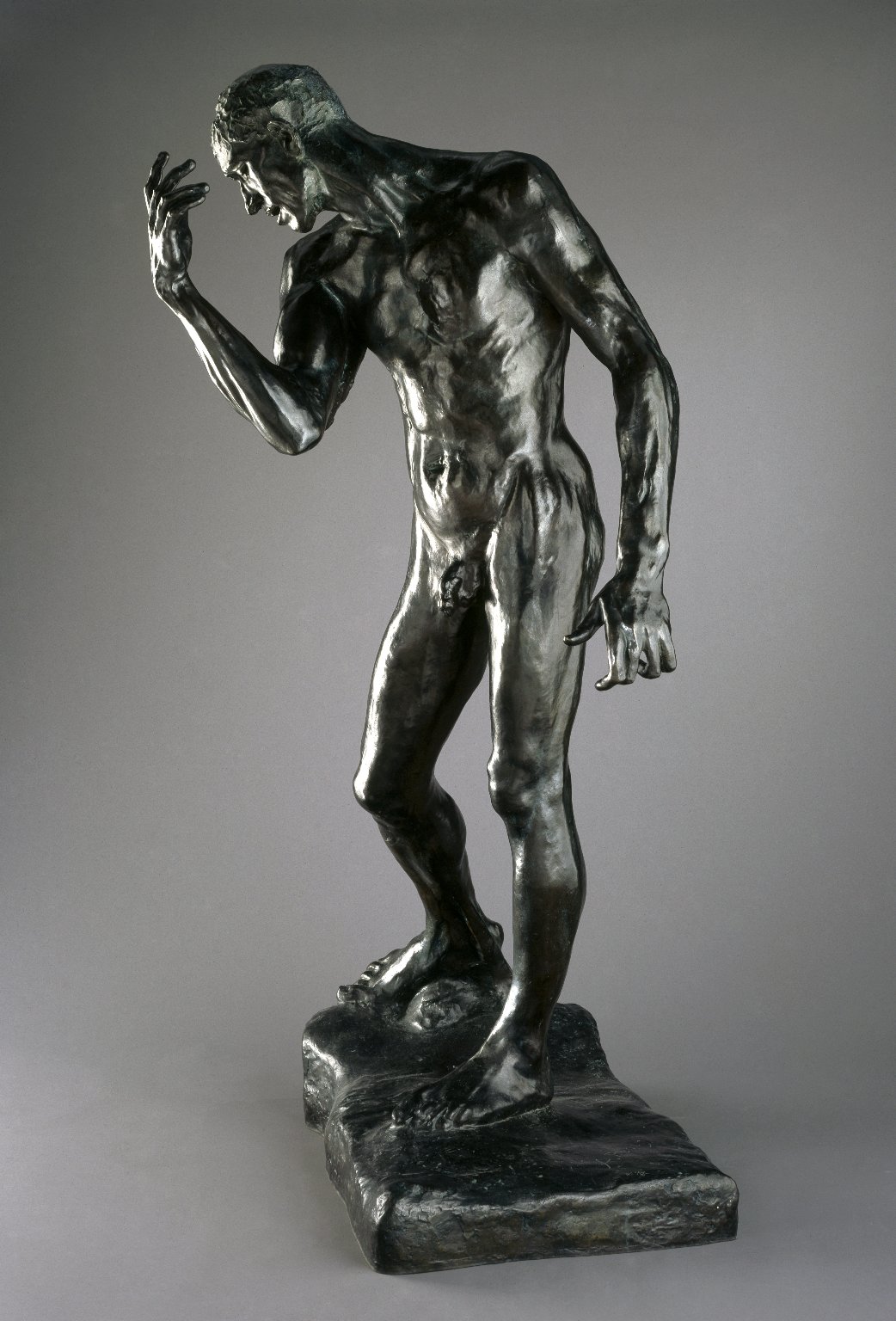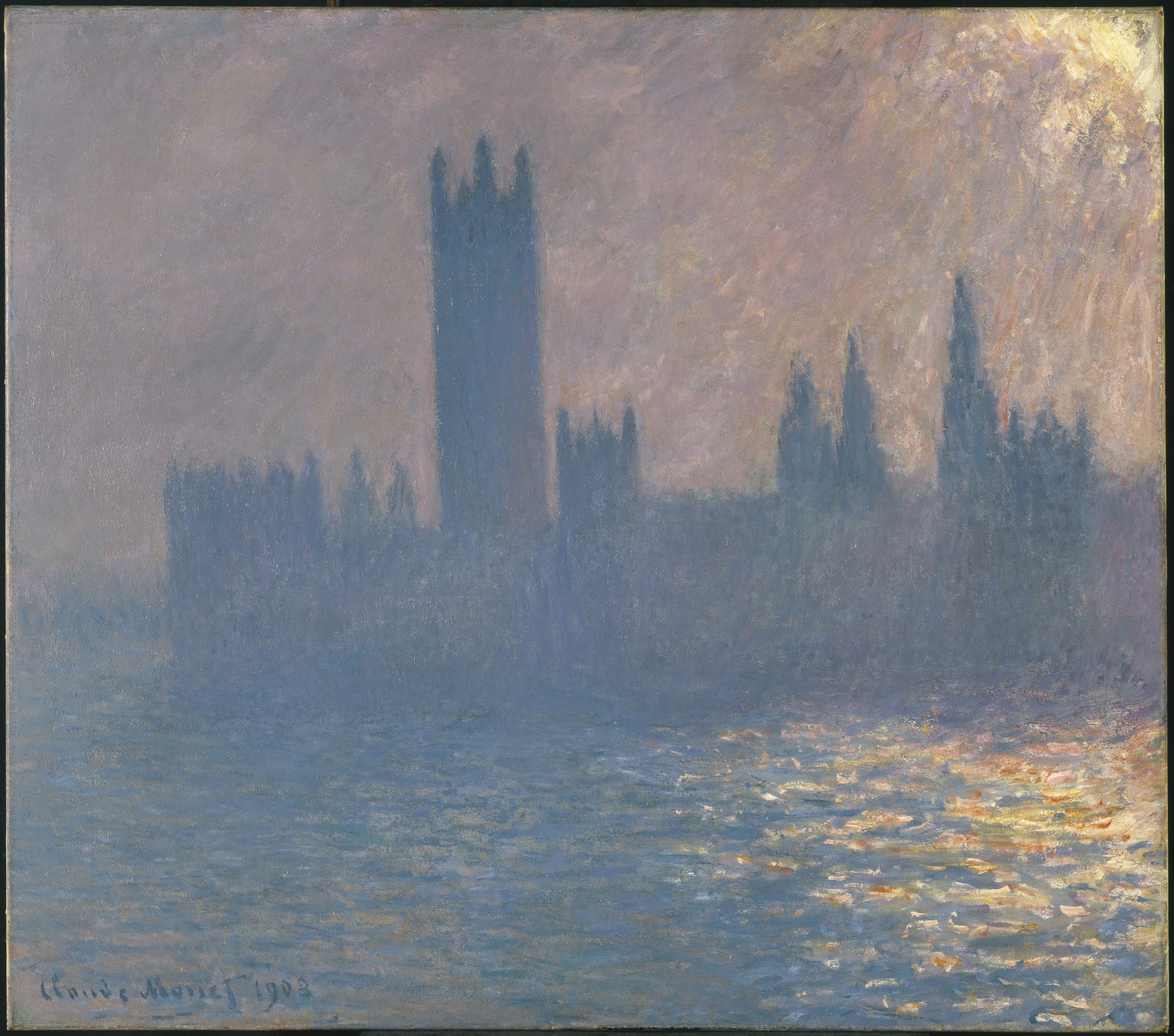The Renaissance was a great period in European history. A period of enlightenment and artistry. Some of the greatest works of our history derived from this period. The renaissance lasted for two centuries from the 15th to the 17th centuries. This period saw the rise of patronage at an unprecedented scale, allowing for artwork to flourish. People would sponsor artists, and commission works to show their economic status. Those found to be outstanding artists at that time and today are Leonardo Da Vinci, Michaelangelo, and Jan Van Eyck.
Continuing, let’s take a look at Jan Van Eyck’s “Double portrait of Giovanni Arnolfini and His Wife.” Jan Van Eyck painted this in 1434. This is a painting of a wealthy merchant. A common practice at the time was for the new rising wealthy people of the renaissance to have themselves painted in a portrait. The man painted in the painted was Giovanni Arnolfini and his wife, as the title suggests. He gained his wealth from selling luxury fabrics to the Burgundian court (Stokstad 575).. Taking a look at his portrait we see the symbolism of the importance of fabrics and clothing to the painter. Both the man and woman in the portrait are wearing expensive luxurious fabrics in the painting. Giovianna is wearing a fur coat and an extravagant top hat. The chandelier is beautiful and a centerpiece in the painting. The woman’s dress is full and flowing on the floor. There is also religious symbols in the painting pointed towards their piety. With all the luxuries afforded to Giovanni the Church at the time was still a major influencer as Stokstad writes “the picture resonated with sacred meaning. The Church still provided spiritual grounding for men and women of the Renaissance. The crystal prayer beads hanging next to the convex mirror imply the couple’s piety, and the mirror itself—a symbol of the all-seeing eye of God—is framed with a circular cycle of scenes from Christ’s Passion”(Stokstad 575).
This piece here is “David,” by Michelangelo, one of his most famous works of art. “David” was created from an 18 foot tall marble block (Stokstad 659). This piece of art was so admired by all that is was to be placed in the city square (Stokstad 659). This was clearly admired by those who witnessed its beauty and magnificence. The significance of this sculpture is showing the pre-battle David, how he is staring and standing nude thinking about what the inevitable battle will lead to. This artwork was a Florentine commission, the sculpture was a perfect emblem for the Florentines, as Stokstad says “This David stands for the supremacy of right over might a perfect emblem for the florentines who had recently fought the forces of milan siena and pisa and still faced political and military pressure” (Stokstad 659).
This sculpture created by Donatello is an additional view of David. The David created by Michelangelo portrayed David before the battle, this one portrays him after battle victorious. As Stokstad states “David was a potent political image in Florence, a symbol of the citizens’ resolve to oppose tyrants regardless of their superior power, since virtue brings divine support and preternatural strength, and we will see other Florentine Renaissance renderings of this biblical hero” (Stokstad 618). This artwork was moral support for the people of Florence. Made with bronze David is standing on Golaith’s head. A beautiful artwork exceptional at what is trying to be portrayed. That is that the righteous will prevail over the tyrants during a time of major military and political tension.
WORKS CITED:Stokstad, Marilyn, and Michael Watt Cothren. Art History. Pearson, 2018.

 The Himeji Castle Akamatsu Norimura 1333
The Himeji Castle Akamatsu Norimura 1333

:max_bytes(150000):strip_icc()/Codex_Duran-Founding_of_Tenochtitlan-56ffc04a3df78c7d9e57debd.jpg)




















